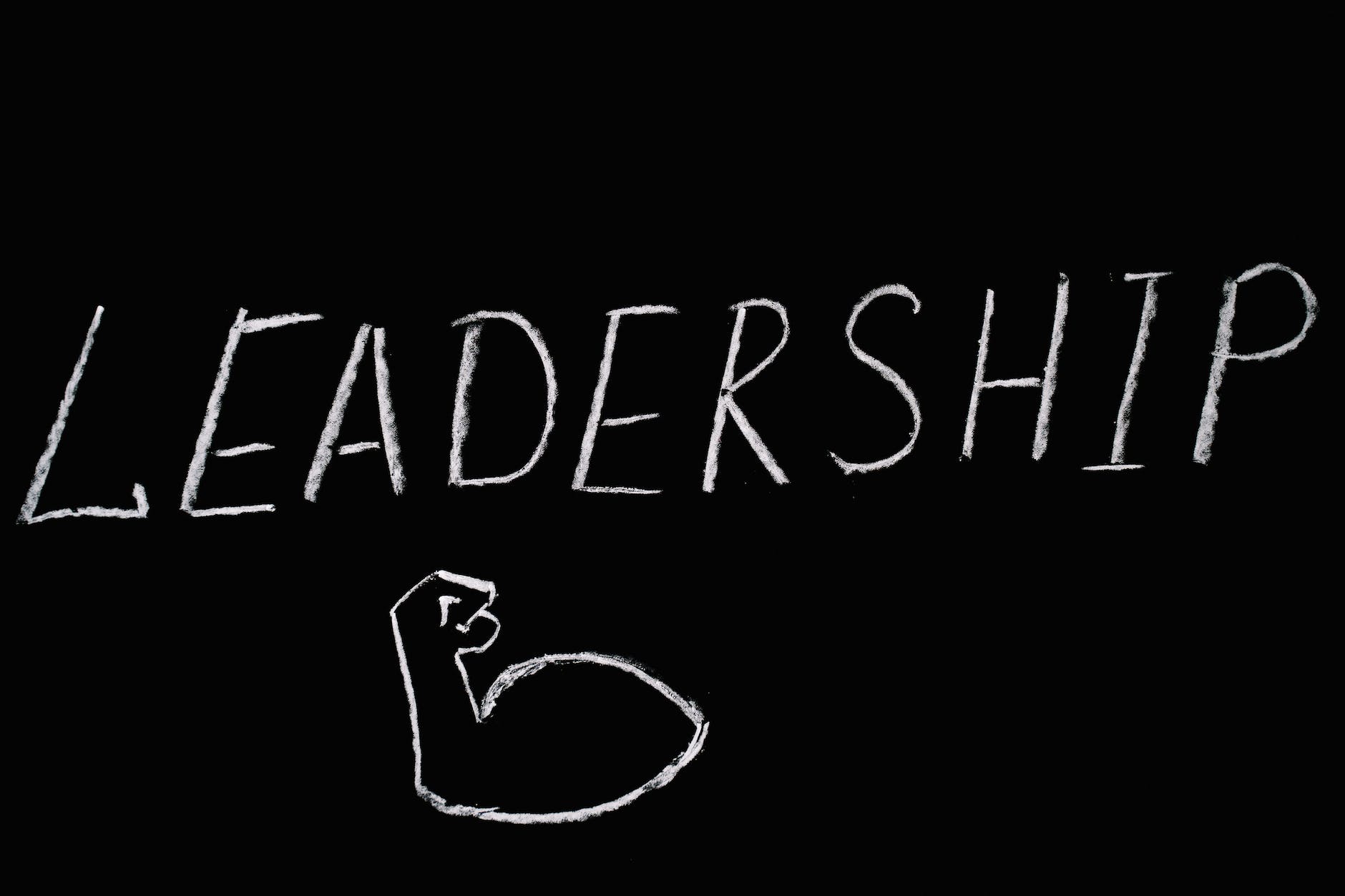
Leadership
Coaching executives and other leaders will typically require a combination of skills to create the best results. Leaders need to be able to learn new ways of thinking, develop their professional skills, and become more effective in their roles. Coaches must know areas such as communication, leadership development, team building, decision-making, and problem-solving.
By understanding how different Leadership Coaching methods work together, leaders can be helped and guided so that they reach peak performance levels while continuing to grow professionally.
Below, we will explore some of the most popular coaching methods used by successful coaches today.
Mixture of Methods
One of the most effective coaching methods is using a mix of different methods. This can include Neuro-Linguistic Programming (NLP), Cognitive Behavioural Therapy (CBT), and other evidence-based strategies.
NLP focuses on helping leaders become aware of their thoughts, feelings, and behaviours to deal with or remove them for better results. CBT focuses on understanding the thought patterns that lead to unhelpful behaviour, and replaces them with more helpful ones.
It is good to have two methods that work so well in combination. The more tools a business has at its disposal, the better, especially when it comes to achieving its short and long-term aims.
Appreciative Inquiry (AI)
Another popular coaching method is Appreciative Inquiry (AI). This method involves helping leaders identify what they are doing right and how this can be improved upon. It looks at the positive aspects of a leader’s performance and then builds on those to create better results.
Appreciative Inquiry is often used in team building and leadership development as it encourages collaboration and communication while also creating an environment of respect and appreciation.
This is a very positive way of looking at training that inspires those taking part to only get better at what they are doing. It is tempting to give less than constructive criticism with other methods, which is not always helpful. Motivation is achieved through praise when things go well and then wanting more of it.
There will always be ways to improve, which will be identified through training. Individual responsibility must be taken too. Budget constraints might become an issue, but most companies will see that the money they spend on coaching, training, or mentoring, is money well spent. It makes for a productive workforce and means that the financial goals are much more likely to be met.
Experiential Learning
Experiential learning is a coaching method that focuses on helping leaders learn through hands-on experiences. This method helps leaders become more aware of their strengths and weaknesses and those of others. It also encourages creativity and problem-solving skills in leaders, by providing them with the opportunity to explore different solutions to any given situation.
Identifying strengths and weaknesses is of equal importance. It allows leaders to be directed to areas they have the skills in and helps everyone to know where more training is required.
It is more important for those leading to gain the skills needed to manage staff effectively, who may well be still learning their job too. Everyone needs to learn their role fully at whatever level and this happens best by finding out where things are not quite working.
Conclusion
Overall, there are a variety of different coaching methods that can be used to help leaders reach peak levels of performance. By understanding and utilising these methods, successful coaches can create positive changes in leaders that will have lasting results.
It is important to remember that each leader will benefit from different coaching approaches, depending on the situation and objectives. Ultimately, the goal of coaching executives and other leaders is to help them become more effective and productive in their roles.
With the right combination of methods, successful coaching can have a major impact on the success and growth of any organisation.






